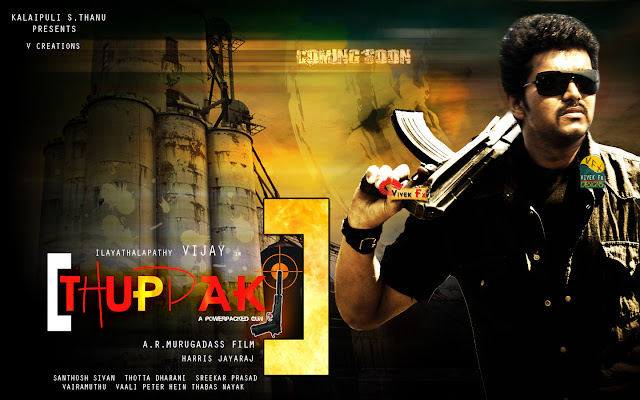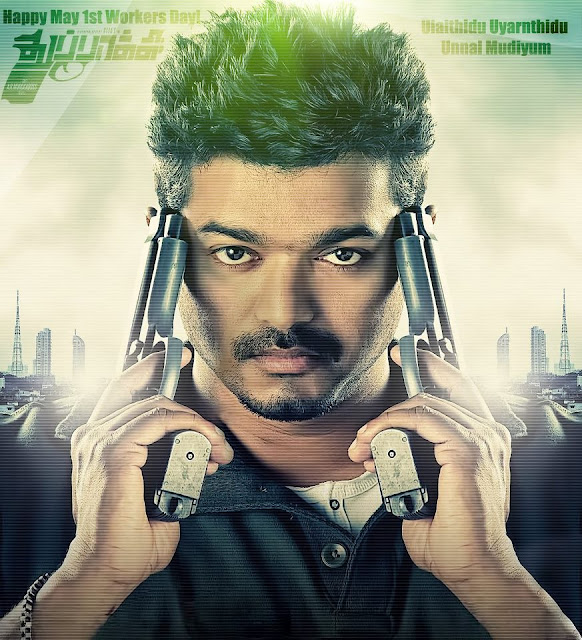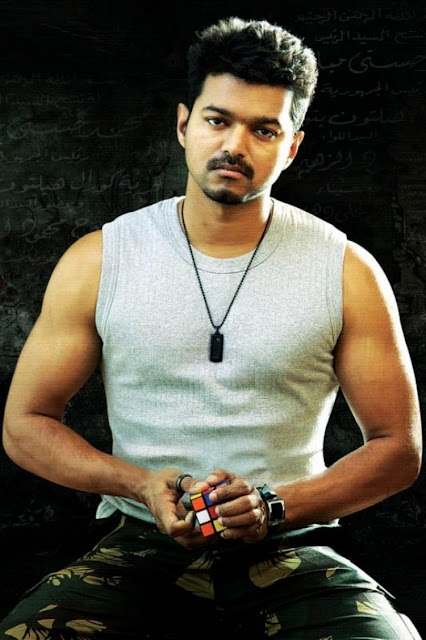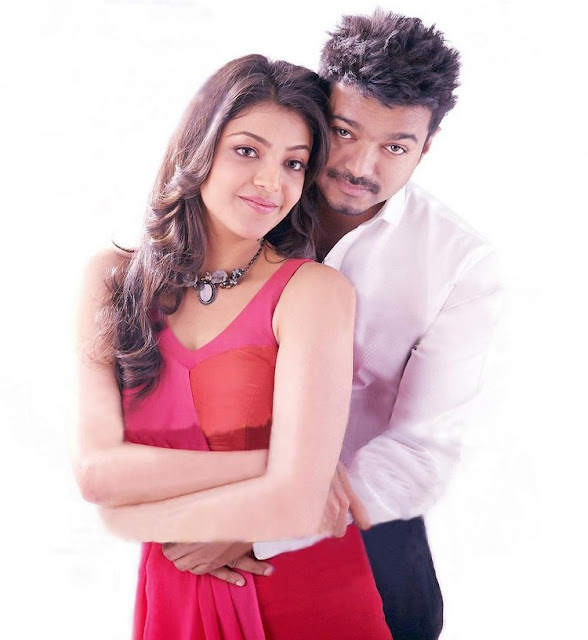Matt Singer: After years of waiting and months of buildup, ‘The Dark Knight Rises‘ finally rises into theaters this Friday while a curtain falls on a superb superhero franchise. The film is set eight years after the events of ‘The Dark Knight,’ and Batman (Christian Bale) is nowhere to be found. Bruce Wayne is a recluse. A mysterious mercenary with a weird breathing apparatus named Bane (Tom Hardy) arrives in Gotham City ready to stir up trouble.
But let’s not get ahead of ourselves Jordan: should we do the entire review in our Muffled Bane voice? How many a’s are in “MWRAAAAA!”?
Jordan Hoffman: It’s amazing. Nolan took a lot of heat after they premiered the opening reel in front of ‘Mission: Impossible – Ghost Protocol’ when no one could understand Bane. Now we can understand him — he just sounds ridiculous.
Matt: It’s even worse than that — he sounds ridiculous and he’s still unintelligible. That aside, let’s get this out there right off the bat (no pun intended, I swear): ‘The Dark Knight Rises’ is an impressive, ambitious blockbuster. It is really thrilling. It looks amazing. But it’s not perfect. And one of the big problems is Bane’s voice. He sounds like a really pompous magician talking into the wrong end of a megaphone.
Jordan: This bit of silliness only added to the spectacle for me. I sincerely enjoyed ‘The Dark Knight Rises.’ I intend to see it again real soon and for a 170-minute movie, that means something. Still, anyone who takes it seriously is letting their Bat-love blind them. The script’s a choppy mess, motivations are all over the road, and I still don’t really know what some of the characters’ endgames were. Still, there is that feeling of scenes rolling perfectly into one another, and the tremendous montage, wonderfully shot by Wally Pfister and scored by Hans Zimmer. It is inimitable and it is front and center here.
Matt: The score is amazing — it lends everything this sense of grandeur and hugeness that perfectly compliments the 70mm IMAX photography. And I actually think Jonathan and Christopher Nolan’s screenplay is extremely well-written, at least from a dialogue standpoint. From a plot standpoint? Not so much, especially in a first act that tries to cram a ton of exposition into a few overloaded scenes. It almost feels like the movie started minutes before the projector did: who is Marion Cotillard exactly? What’s this experimental generator she’s talking about? Who’s this guy who wants to take over Wayne Enterprises? Most of this stuff is pretty tough to parse.
Jordan: Usually I don’t mind when a script is a step ahead of its audience, especially if there’s a reveal involved. Here it merely felt like being tossed in the deep end. The first good scene didn’t come until Catwoman (Anne Hathaway) attempts to sell something she’s stolen from Bruce Wayne in the movie’s opening moments. Which leads me to this surprise: Anne Hathaway is the best thing in movie.
Matt: I wasn’t that surprised — Hathaway is pretty reliable — but I agree: she is fantastic. She’s Catwoman, but she’s not any of the Catwomen we’ve seen before. One of the things that Nolan has shown throughout this series is a knack for reformulating these classic characters in ways that feel simultaneously fresh and faithful to their comic book core. And that’s exactly how he treats Catwoman, who gets cleverly recast as a cat burglar with an anarchic chip on her shoulder.
Nolan also does an impressive job weaving Catwoman’s story into this narrative that is mostly about a battle between Batman and Bane. A lot of super-hero sequels make the mistake of piling on the villains in an attempt to outdo previous installments. Even with everything else going on, Catwoman and the worldview she represents feel absolutely essential to the film.
Jordan: I concur. The relationship between Catwoman/Selena Kyle and Batman/Bruce Wayne is by far the best, sexually-tinged relationship in this series. Third time’s a charm, I suppose.
I want to say a few more nice things before I air my grievances. With no spoilers, ‘The Dark Knight Rises’ manages to slip in serious fan service in a way that does not feel overly egregious. I mean, there are moments directly from Batman comic books, plus many more charged with the same energy as a well-crafted comic panel. Specific examples would be spoilery, but I’m talking about the way characters are framed in certain environments. The film exudes a love of comic books that, I think, some people argue Nolan does not have.
Matt: That’s a good point; some folks who’ve enjoyed the Nolan Batman movies but don’t like comic books often say that he’s removed the “comic book-ness” from his comic book movies. And while ‘The Dark Knight Rises’ has plenty of real world resonance — Bane and his gang are like a twisted version of the Occupy Wall Street movement — it also has more than its share of flat-out comic book moments. It strikes a really nice balance. And I have to admit, even as a lifelong reader of comics, even as a guy who knows these characters like the back of his longbox, ‘The Dark Knight Rises’ managed to surprise me on several occasions. I didn’t see a few plot points coming. The ending had me squirming in my seat with suspense. Nolan plays the audience like a fiddle. Or a Bat-fiddle, I guess.
Jordan: We start to get on shaky ground, though, with the “real world resonance.” This movie yearns to be taken seriously as a treatise on varying systems of government. I give it points for trying to infuse a summer blockbuster with that level of discourse. I just don’t think it succeeds. It’s too silly. I want to engage the film’s suppositions, but I’m too busy giggling at the growls, or oooing at the tech or, shall we say, “responding” to Hathaway’s red lipstick and black catsuit. I still enjoyed almost every moment of this film, but I don’t think I enjoyed it in the intellectual manner in which Nolan and company hoped.
Matt: It’s tough to take the film seriously. If you do take it seriously, you have to consider the possibility that it is an intensely right-wing treatise on how the Occupy movement is a group of anarchists looking to destroy the world. I mean, that’s what they are in this movie, right? The cops are the good guys and the protestors, represented by Bane and his thugs, are the bomb-wielding psychos who want to redistribute the wealth from the haves to the have-nots by killing millions of people. And, of course, the leader of the heroes, Batman, is a billionaire playboy. One could argue that Bruce Wayne’s arc over the course of the film mitigates that reading somewhat, but taken at face value, ‘The Dark Knight Rises’ paints a very strange portrait of modern America. That’s why I think it’s best to take it as an extrapolation from reality, rather than a thinly-veiled recreation of it. Nolan uses the imagery and iconography of the Occupy stuff to lend a bit of heft and resonance to an otherwise ridiculous story about a dude in a rubber suit fighting a guy in a ghoul mask.
Jordan: Concerning the potential right wing undercurrent, I’m gonna say “Yes, but no.” Batman, Commissioner Gordon, and the rest of our gang are, indeed, risking life and limb to preserve the financial status quo. However, this quickly becomes a function of just trying to prevent Bane from achieving his master plan for Gotham City’s destruction. Despite being a typical bleeding heart liberal writer, this didn’t offend me, mostly because I had already checked out due to other script issues.
Matt: The “real world” stuff does also speak to the level of thoughtfulness Nolan puts into his films. I love the repeated use of subterranean imagery to give ‘Dark Knight Rises’ its core, titular motif: literally, the Dark Knight rises, over and over again. So much of the movie takes place underground: in the Batcave, in Bane’s lair, in the bunker that houses Wayne Enterprises’ magical generator doohickey that is the movie’s biggest MacGuffin. Stuff constantly rises out of the floor (see the way Batman’s costume emerges from the pool in the middle of the Batcave or Bane’s metaphor-laden origin story). Even the prison where a major character spends a good deal of the second act echoes the well Bruce Wayne fell into as a child in ‘Batman Begins.’ This film is made with a degree of intelligence and care that’s all-too-rare in major motion pictures.
Jordan: It trades in big imagery very well. They got the whole city goes into chaos thing down in a few economic shots.
Matt: Let’s talk more about the characters. Hardy is a fantastic actor, and he’s certainly an imposing physical presence as Bane but, as I think we both agree, he’s done no favors by the fact that he has to wear that ridiculous headgear in every scene. Not only does it take half his performance out of view, it ruins all his on-set dialogue, necessitating the use of extensive and extensively distracting post-production dialogue replacement.
Just about everyone else, though, is great. Bale brings the same level of haunted intensity he’s brought to the two previous movies, and Michael Caine kills a whole bunch of big moments as his tortured manservant Alfred. Hathaway, as we’ve already established, is a knockout, and Joseph Gordon-Levitt is a surprisingly convincing badass as John Blake, a Gotham City cop who idolizes Batman despite the fact that the Caped Crusader has been missing in action for almost a decade. Did you like Gordon-Levitt in the movie, Jordan? And were the theories that have swirled around his character’s ultimate fate distracting?
Jordan: JGL is as good here as he’s been in anything he’s ever done. He’s one of the finest true young movie stars we’ve got right now. I part company with you on Michael Caine, though. Was his Alfred always that cockney? I felt like he went off the rails. I giggled a few times and I think you did, too.
Matt: Maybe. Let’s wrap this up with a discussion of the IMAX. It’s used here to even more extensive effect than in ‘The Dark Knight.’ In that movie, select sequences were in IMAX; in this one, I’d guess maybe a full third of the movie is in IMAX. The aspect ratio keeps popping back and forth between full screen and widescreen, sometimes even within individual scenes. Did you like the IMAX or did the constant back and forth distract you? Would you recommend people seek out the IMAX version of the film?
Jordan: Well, it’s like complaining that your delicious ice cream sundae is too small. The IMAX looks fantastic and these guys know where to stick the camera. However, unlike previous films (or in, say, ‘Mission Impossible: Ghost Protocol’) I absolutely noticed the switch back to “regular” stock. Perhaps that’s because so much of it is in the large format, or perhaps because there are those sequences that crosscut between the two — kind of a dumb move if you ask me. Personally, the brief flashes of disappointment are worth it for the breathtaking moments.
Matt, I think it’s time. Let’s sum up. Did you love this movie or merely like it?
Matt: I loved parts of it. I love the spectacle — and while I agree the aspect ratio switches become distracting, I’d definitely recommend IMAX for the full immersion into Nolan’s epic imagery. Even more importantly, I loved the way they wrapped up this version of the Batman franchise. A few moments gave me literal chills. On the other hand, there are parts that don’t work. The storytelling, especially during the opening scenes, is a mess. Most of the plot is either over- or under-explained. The overtures to real world politics enhance some sequences and muddy others.
Still, you have to admit: this is a blockbuster with some balls. Nolan and company didn’t just crank out the same Batman movie we’ve seen before. Their Dark Knight still feels relevant and contemporary (even if his politics are still a bit confused), and they bring the characters to places we genuinely don’t expect. For having the guts to swing for the fences, and having the skills to hit it out of the park at least a couple times, I give them major props. How about yourself?
Jordan: Your sentiments mostly mirror my own. However, I did a lot of laughing during this movie. I will look askance at anyone who takes this crap too seriously. That’s something I didn’t feel with ‘The Dark Knight,’ a movie that, at the end of the day, maybe stumbled into the sublime. I give this movie high marks, but a lot of that is in quotes, so to speak.
‘The Dark Knight Rises’ hits theaters on July 20th.


.jpg)
.jpg)
.jpg)
.jpg)
.jpg)
.jpg)
.jpg)
.jpg)
.jpg)
.jpg)
.jpg)






.jpg)






.jpg)
.jpg)








.jpg)



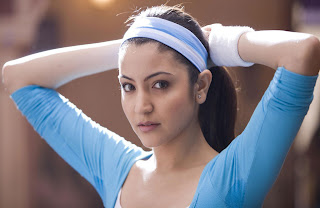
.jpg)






